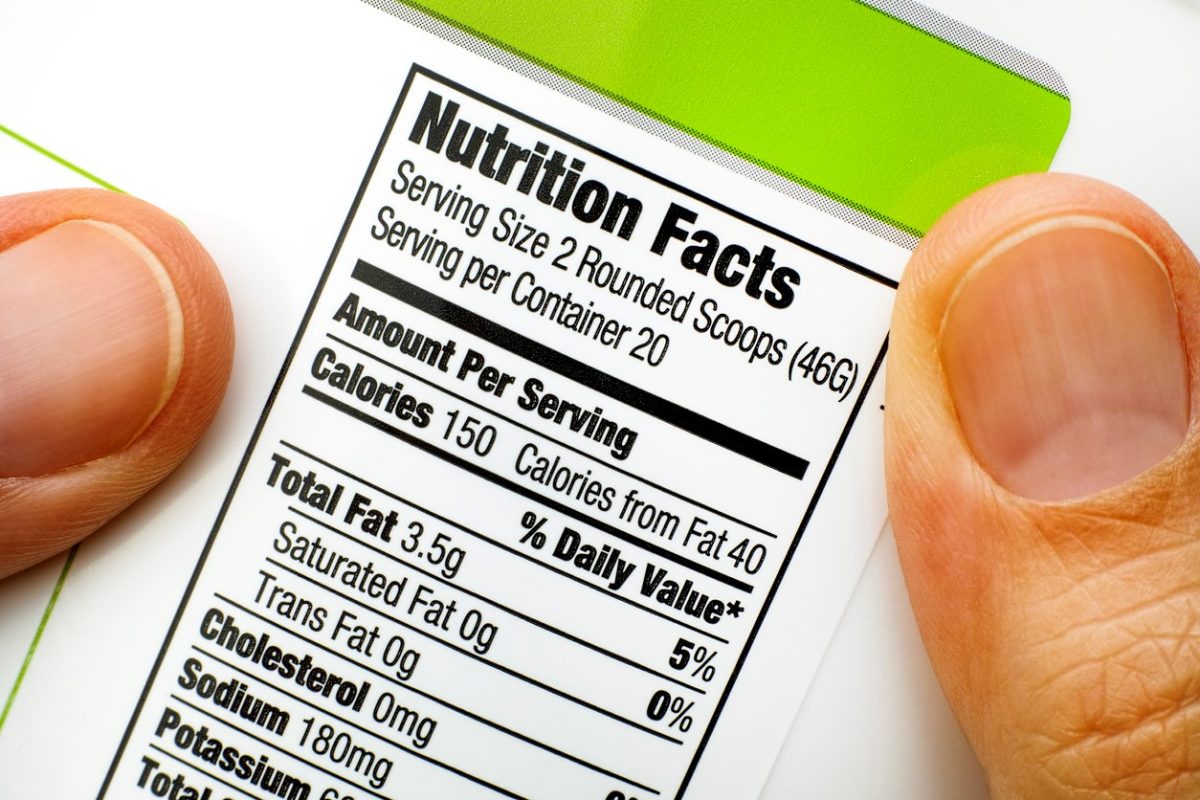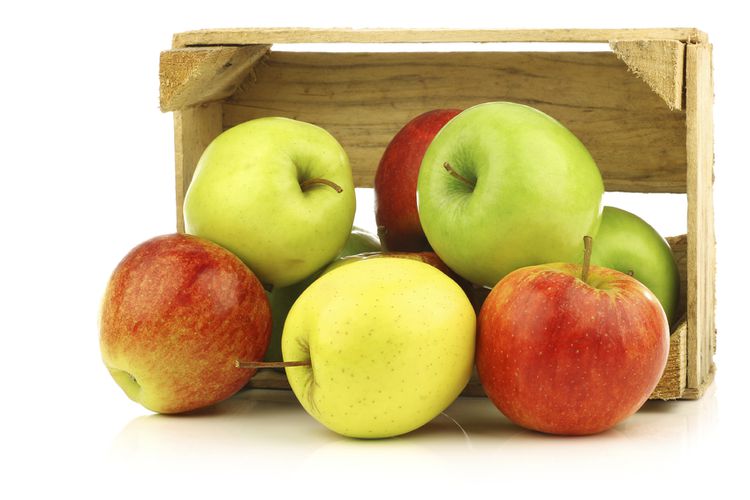In today’s climate, purchasing Canadian foods is a top priority for many shoppers. However, understanding food labels can be confusing. In Canada, food labels include specific claims that indicate the origin of ingredients and processing. Here’s what to look for:
“Product of Canada”
Our most Canadian claim! This label means that all or virtually all major ingredients, processing, and labour (98% or higher) used to make the food product are from Canada. This means that the significant ingredients are of Canadian origin, and any non-Canadian materials are negligible. If you want to support local farmers and Canadian agriculture, this is the label to prioritize.
“Made in Canada”
This claim is used when the last substantial transformation of the product occurred in Canada, even if some ingredients are sourced from other countries. This means the product was processed or assembled in Canada, but it may contain imported ingredients. All “Made in Canada” claims need to be followed by a qualifying statement such as; ‘Made in Canada with imported ingredients’ or ‘Made in Canada with imported and domestic products’.
Other Label Claims:
You might also see claims like:
- “Packaged in Canada”
- “Popped in Canada”
- “Bottled in Canada”
- “Refined in Canada”
These indicate that Canada played a role in the processing or packaging, but they do not carry the same weight as “Product of Canada” or “Made in Canada.” However, they still represent a Canadian contribution to the final product.
A Special Note on Dairy Products
When buying dairy, look for the Dairy Farmers of Canada logo. This symbol guarantees that the product contains 100% Canadian dairy.
In 2020, Canada opened its doors to more U.S. dairy imports. It’s important to note that Canadian and U.S. dairy regulations differ. Here in Canada:
- No antibiotic residue is allowed in Canadian dairy.
- Canadian dairy contains no additives or preservatives.
- Canada does not allow the use of growth hormones in dairy cattle.
- The U.S. permits the use of recombinant bovine growth hormone (rBGH) in dairy cattle, which has never been allowed in Canada.
By looking for the Dairy Farmers of Canada logo, you can be sure you’re choosing dairy that meets Canada’s high standards.
Make Informed Choices
Understanding these labels helps you make better purchasing decisions that align with your values. Whether you want to support Canadian farmers, prioritize local ingredients, or avoid certain additives, knowing how to read food labels is an essential skill. Happy shopping!







